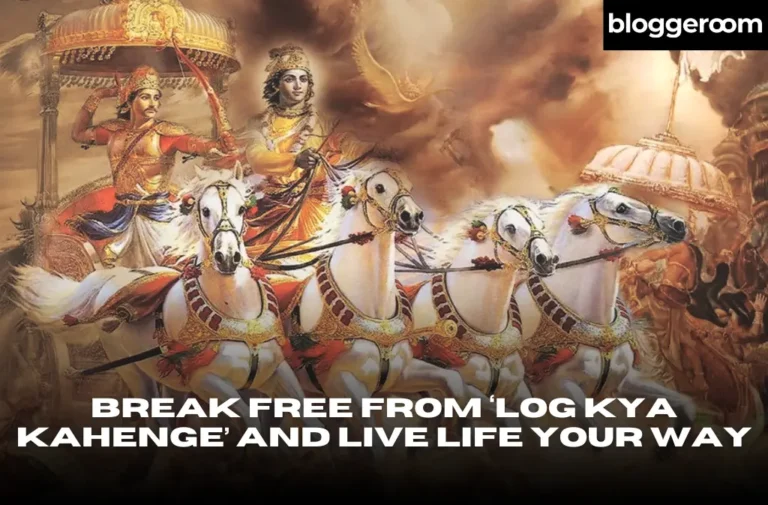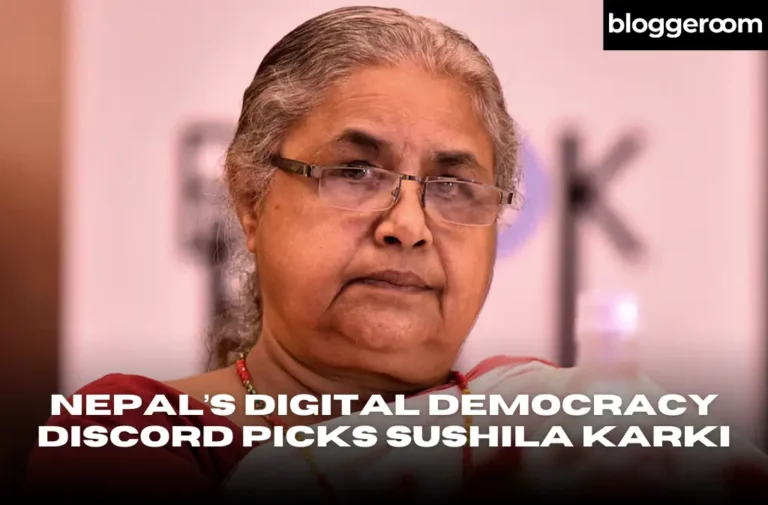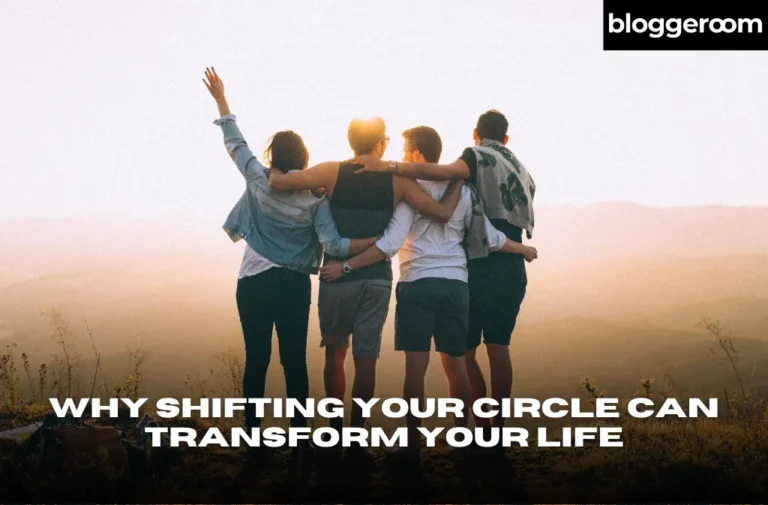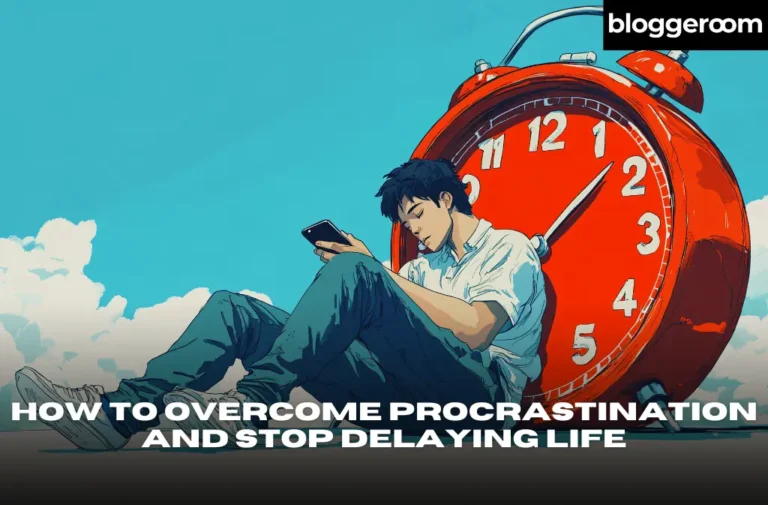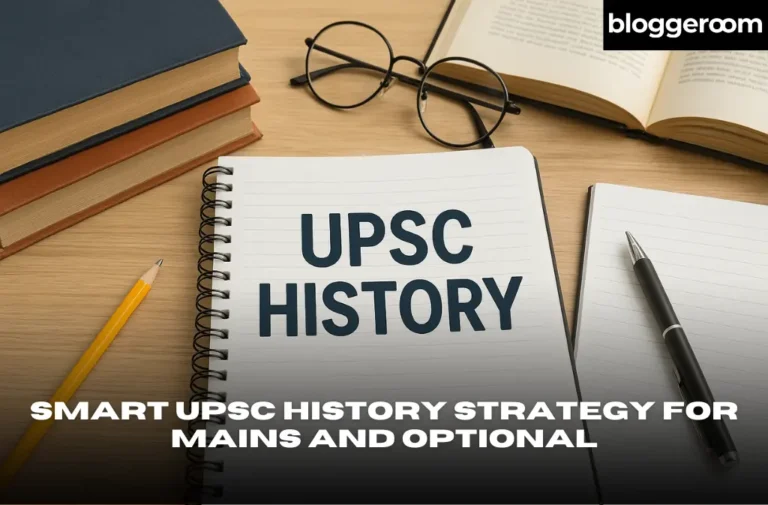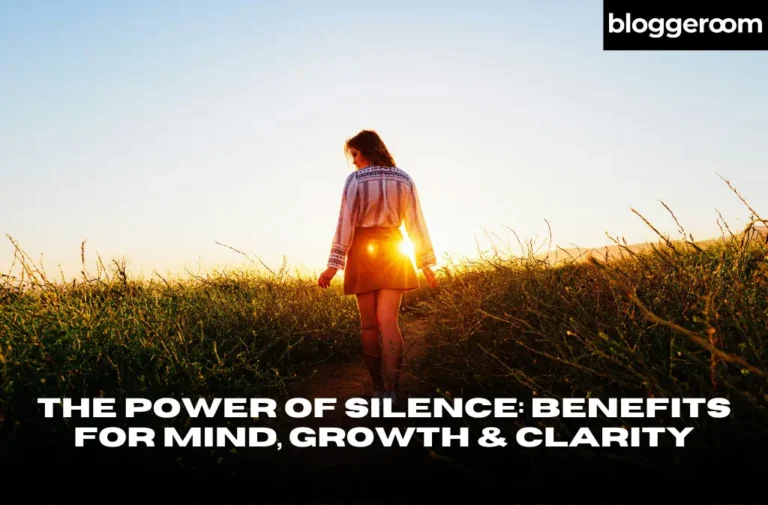The Bengal Files: Bringing Bengal’s 1946 Riots to Light
As India approached independence in 1946, political tensions were at their peak. The Congress and the Muslim League were divided over the question of Pakistan, and negotiations had failed to bring them closer. On 16 August 1946, the Muslim League led by Muhammad Ali Jinnah declared what came to be known as Direct Action Day. The purpose of this call was to intensify their demand for a separate nation for Muslims.
What began as a political call for protest in Calcutta soon spiraled into violent clashes between communities. The streets of the city turned into battlegrounds, and within a matter of days, thousands of people had been killed. Entire neighborhoods were destroyed and more than a hundred thousand people were forced to flee. This tragic event later came to be known in history as the Great Calcutta Killings.
The Noakhali Riots
Only a few months later, in October 1946, violence spread to the districts of Noakhali and Tipperah, which are now part of Bangladesh. Hindu families were targeted in a wave of attacks that included killings, destruction of homes, and accounts of forced religious conversions.
The horror was so severe that Mahatma Gandhi himself traveled to Noakhali. He spent several months walking from village to village, staying with survivors, and trying to rebuild trust between communities. While his presence gave courage to the victims, the scars of Noakhali remained, and many families eventually left their ancestral homes.
The Bengal Files and its controversy
Filmmaker Vivek Agnihotri is now bringing these overlooked incidents to the big screen through his upcoming film The Bengal Files. Even before its release, the movie has sparked heated discussion across the country. Recently, the trailer launch scheduled in Kolkata was stopped by local authorities, officially citing lack of permission. Many, however, believe this was a politically motivated step to block the film’s promotion.
Supporters argue that the movie sheds light on a part of history rarely discussed in classrooms, while critics express concern that it may fuel communal tensions if not shown with sensitivity. This difference of opinion has already made the film a subject of national debate.
The Gopal Patha dispute
One of the most debated issues linked to the film revolves around Gopal Mukherjee, widely remembered as Gopal Patha, who played a significant role during the 1946 riots in Calcutta. Reports suggest that the movie presents him as a violent leader, a portrayal that his family firmly rejects. They insist he actually worked to protect many during that period and accuse the film of misrepresenting his role, thereby harming their family’s legacy. While legal challenges have been filed against this depiction, the director maintains that the film is backed by historical records.
Conclusion
The Partition of India was not only a political decision but also a human tragedy marked by loss, displacement, and shattered lives. The Bengal Files seeks to portray those moments on screen, and in doing so, it has sparked a fresh battle between memory, politics, and artistic freedom. Whether the film helps people engage with history or deepens existing divides is still uncertain. What remains clear is that these stories, often buried in silence, deserve to be remembered with honesty and care.
Find more content worth reading and leave your thoughts on Trustpilot.


